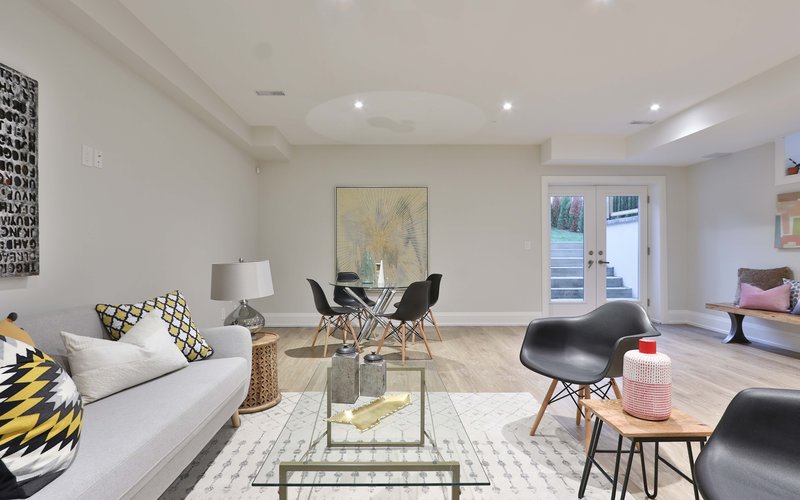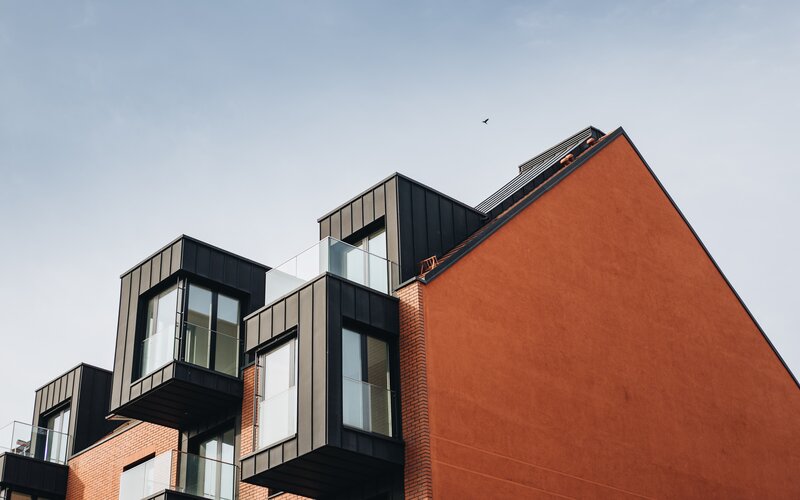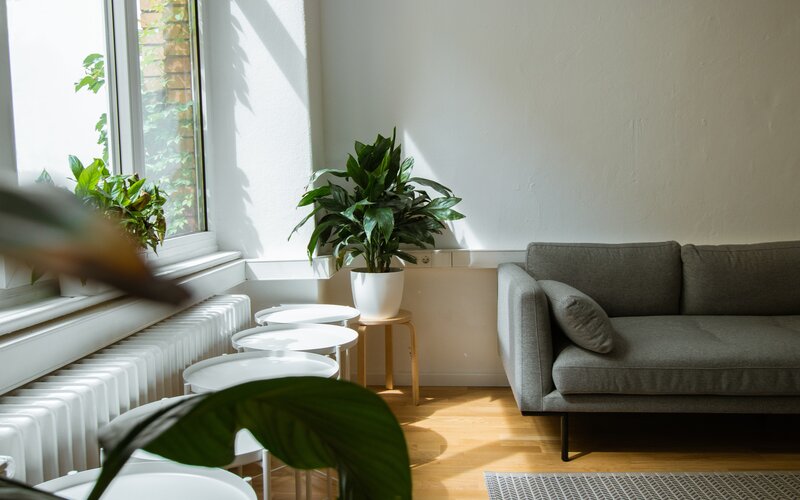A new study commissioned by the Property Council of Australia revealed a level investment playing field for build-to-rent homes could help the government hit its ambitious one million homes housing target by 2029.
Such an extensive ramp-up in the production of build-to-rent apartments would also go a long way towards easing the national rental crisis, which is set to worsen amid increasing migration and cost pressures on investors.
As the name implies, build-to-rent homes are built only for renting. A developer or institutional investor owns the entire complex and rents out the apartments to tenants instead of selling them to owner occupiers.
The benefit of this solution is the security of tenure.
Property Council of Australia Chief Executive Mike Zorbas said build-to-rent housing is the missing ingredient in Australia’s housing mix.
“With a 79,300-home deficit to 2033, Australia needs better planning, more land supply, proper housing targets and a national strategy on build-to-rent and purpose-built student accommodation,” Mr Zorbas said.
“The potential to create 150,000 homes over the next 10 years with just one asset class shows build-to-rent is about as close to a housing policy silver bullet as they come.
“Australia is grappling with a worsening housing affordability crisis where state governments miss their housing targets and planning systems fail to keep up.”
Change in taxation needed
However, a major tax obstacle stands in the way of achieving the 150,000 build-to-rent goal.
Foreign players looking to invest typically invest through a managed investment trust which is taxed at 30%, double the rate applied to other commercial real estate such as office, industrial, or retail.
The report offered an alternative scenario where the tax is halved to 15% in line with other property asset classes.
“It’s critical that investments in build-to-rent housing need to be eligible for the 15% withholding tax rate, and an incentivised tax rate of 10% for investors that choose to incorporate the supply of affordable housing dwellings within their build-to-rent projects,” Mr Zorbas said.
“To accomplish the ambitious goals established in the national Housing Accord, the government needs to level the build-to-rent investment playing field in the May 2023 Budget.”
With only 11 operating build-to-rent apartments and 72 projects in the pipeline, the sector makes up around 0.2% of the total value of Australia’s housing sector.
Were that to grow to roughly 3%, still well below the US or UK – where the sector represents 12% and 5.4% of the housing market respectively – the build-to-rent market could account for $290 billion, or the equivalent of 350,000 apartments.
PRD’s ‘Alternative Housing Supply Solutions’ report also signalled build-to-rent projects as a key solution in alleviating housing undersupply.
When considering build-to-rent as a viable solution, PRD notes across modern Australia, families come in various shapes and sizes and have differing definitions of affordable housing. In order to be successful, build-to-rent housing must have a portion accessible to lower income households to maximise its impact.
Nowhere to go: inadequate supply of rentals
Introducing more build-to-rent developments could ease supply pressures on the rental market, with vacancy rates currently sitting at 1.1% for the March quarter according to CoreLogic.
CoreLogic Head of Research Eliza Owen said tenants wanting more space during lockdown, a decline in investor interest, and overseas migration has exacerbated the supply and demand issue.
"The number of people per household fell from 2.6 to 2.5, which doesn't sound like that much of a difference, but the RBA estimates that it added to housing demand by about 120,000 dwellings," Ms Owen told the Savings Tip Jar podcast.
“In 2020, we saw domestic tenants wanting more space, fewer housemates, maybe a space to work from home, and that led to a decline in the number of households that were share-housing.
“On top of the already tight labour and rental market, we’re now adding hundreds of thousands of overseas arrivals who are mostly wanting to rent as well, and that’s where you’ve seen immense pressure in the high density markets of Sydney and Melbourne.
“I think it just goes to show that we really need a shake up in the way that we provide rental housing in Australia.”
Over the four weeks to 2 April, the total number of rental listings throughout the whole of Australia was below 95,000.
This is 17.3% below the same period in 2022, and 36.3% less than the five year average.
Image by freepik

Ready, Set, Buy!
Learn everything you need to know about buying property – from choosing the right property and home loan, to the purchasing process, tips to save money and more!
With bonus Q&A sheet and Crossword!



 Denise Raward
Denise Raward


 Harry O'Sullivan
Harry O'Sullivan
 Harrison Astbury
Harrison Astbury

